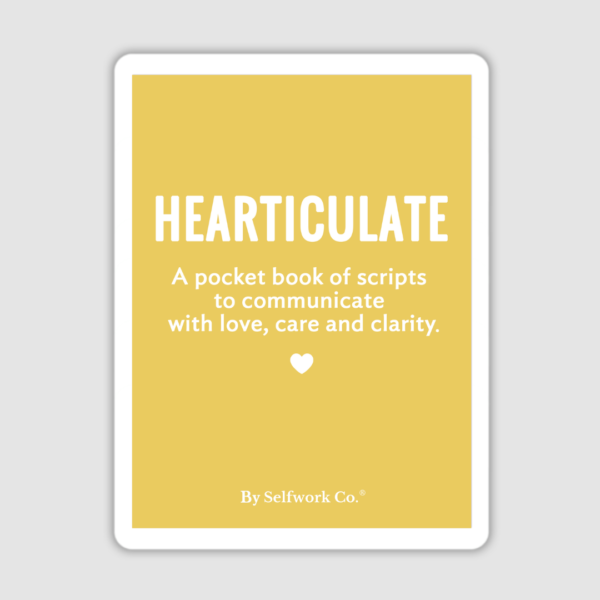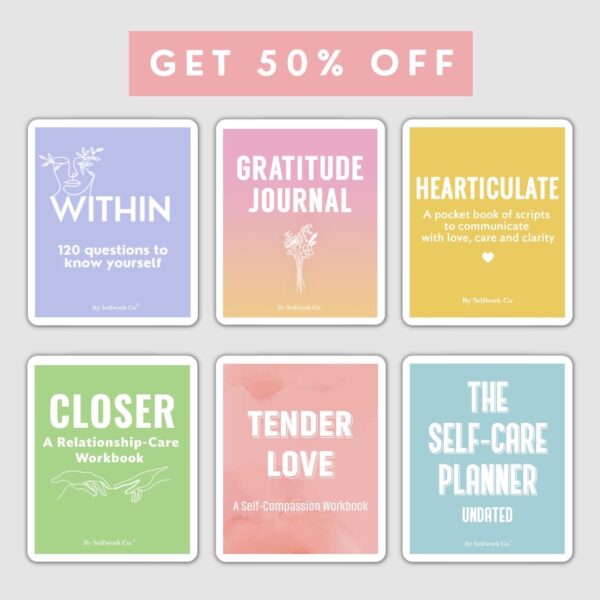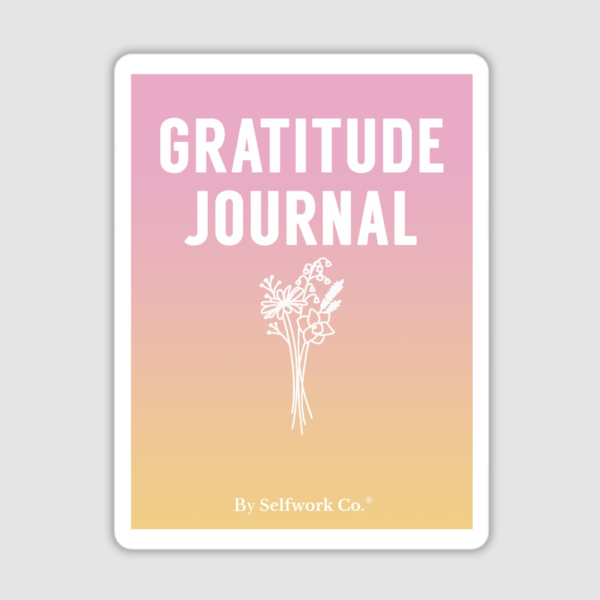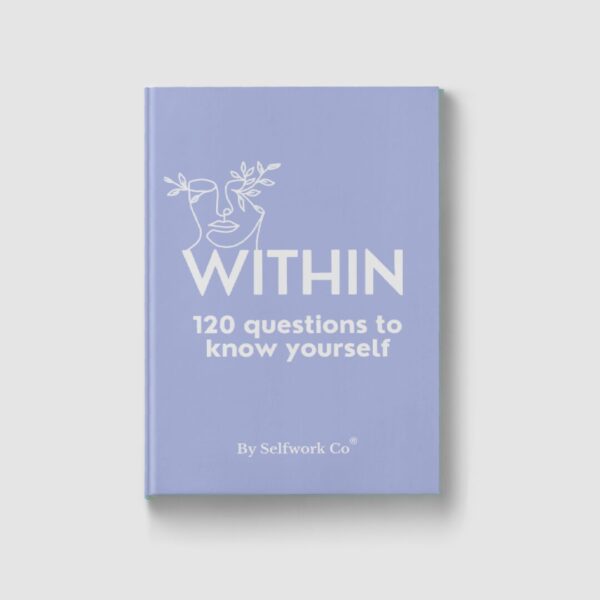
Dealing with an abusive relationship and healing from it is not impossible. If you find yourself in an abusive relationship that you are unable to leave, it is crucial to arm yourself with strategies that will strengthen and protect you. Remember, you have a right to be in a loving and respectful relationship and there is hope for a brighter future. Healing or moving on from an abusive relationship takes time, but with the right support, it is possible to find safety, peace and happiness again.
Read on for five powerful ways to help navigate or break free from an abusive relationship.
- Building up on self-love
People in abusive relationships are often insidiously groomed to lose their confidence and sense of worth. When you learn to love yourself better, you will fight back stronger in the face of ill-treatment or abuse.
Some ways to build self-love:
- Improve your inner monologue/ self-talk
- Do more things you enjoy doing on your own
- Visualise and journal about the life/ relationships you want for yourself
- Let yourself feel + process all your feelings
- Spend time with people who make you feel good
- Repeat to yourself often: “It is my job to take care of myself.”
2. Practicing the Grey Rock Method
The Grey Rock method is a non-emotional, non-dramatic, non-personal way to communicate with someone who feels unsafe. It may be used as a way to create a distance in relationships where cutting ties with the person is not an option.
Being a grey rock means:
- Being boring and uninteresting in conversation
- Responding with short, neutral responses
- Not showing emotions or reactions
- Discussing neutral topics and not engaging in any “real talk”, or sharing/ asking for personal information or opinions.
3. Going big on boundaries
Getting crystal clear with yourself and with them on what you will/ will not tolerate. Setting strong boundaries + upholding them will let them know that they no longer have control over you.
Boundaries in difficult or abusive relationships may sound like:
- “I will not tolerate yelling/ belittling/ name-calling. Let’s talk when you can be respectful.”
- “___ is off limits. I’m not putting up with this.”
- “I’ve tried to make this work and there’s nothing more I can do. I need us to part ways/ stop talking.”
4. Creating an exit plan
If there is domestic violence/ if your boundaries are continuously violated/ if you are feeling constantly unsafe, threatened or depleted, an exit plan that helps you stay safe until you are prepared to leave may be needed.
What to plan for:
- Planning for where and how you will go if things went out of hand and what you need to immediately leave
- Planning for what to take + packing ahead of time
- Making a list of your emergency contacts including family/ friends/ social services
- Safeguarding important documents and your shared assets such as passwords/ bank accounts etc
5. Going no-contact
You don’t really owe a person who is constantly abusive and feels unsafe an explanation. It is okay to delete them from your phone list, unfollow them on social media and block them everywhere. Nothing is more important than your safety and wellbeing. Remember, cutting ties this way can often feel excruciating or impossible. Seek additional help if needed.
Some ways to support healing:
- Join a support group
- Make yourself accountable to a family member or a friend for staying no-contact
- Learn to self-soothe and regulate your nervous system
- Seek therapy if possible.
Breaking free from an abusive relationship is a courageous, challenging and psychologically complex process. It often requires a combination of emotional support, access to resources, professional help and careful planning. Friends and family can play a vital role in offering assistance and encouragement. However, the decision to ultimately leave must be made by the person who is experiencing it, when they feel it is safe and right for them. It is important to approach the situation with empathy, patience and a deep understanding of the complexities involved.
Please note: If you find yourself in an emergency situation or if yours/ someone else’s safety is at risk, don’t use this site. Please seek immediate assistance from these resources.









